miriam ;; romanian/turkish ashkefardi ;; stream adir adirim by balkan beat box.
Don't wanna be here? Send us removal request.
Text




Great Synagogue of Edirne, Turkey, photographed by Iris Veldwijk
#and also this - I'd prefer this version to be the popular one#I have regrets about not doing a label for this and I won't do it again#this synagogue is in one of my family's historic hometowns#when it was restored the governor of edirne spewed hatred about it#it had its first service in 65 years a while back and was immediately vandalized#old fare because you won't find a synagogue in turkey that hasn't been vandalized#I suppose since edirne's is empty at least it means no one can be attacked there like at synagogues in my family's other turkish hometown
3K notes
·
View notes
Text



Dara Horn, What Happens When the Last Jew Leaves Afghanistan
3K notes
·
View notes
Photo
Since the link about the 'synagogues of Herat' is broken:
In 2020, it was reported that part of the complex was restored by the local government in 2009. It was the only synagogue in Herat that had been preserved with most of its original features, and was converted into a school. There are three other synagogues in Herat, in a more advanced state of disrepair, with two having been converted to schools and one to a mosque. Not far from the synagogue there is still a mikvah formerly called Hamman-e Yahudiha, which was converted into a hammam for Muslim men. Since 2022, further restorations have been planned, with emphasis that this is "not a Jewish heritage project" but rather a historical one, unrelated to religious affairs. Indeed, it is a purely historical affair, because while once a thousand-year old community, there are no Jews left in Afghanistan.
I highly recommend Dara Horn's "What Happens When the Last Jew Leaves Afghanistan" as a read for people interested in the subject of documentation and restoration of Jewish heritage sites.
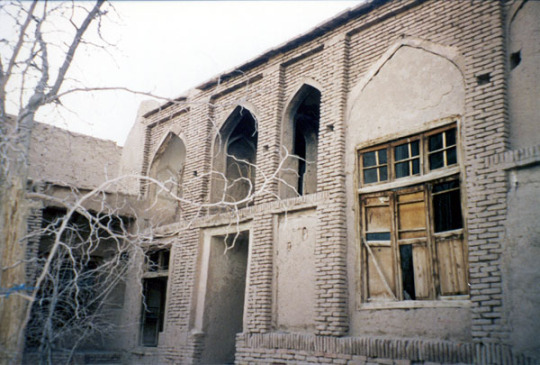
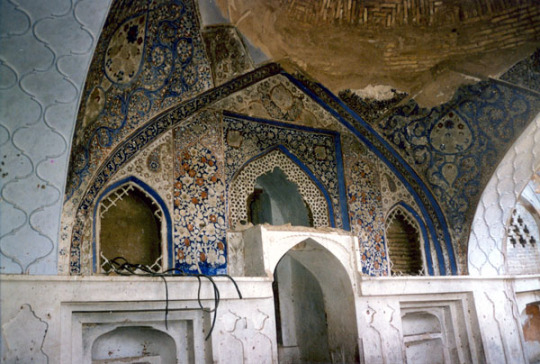
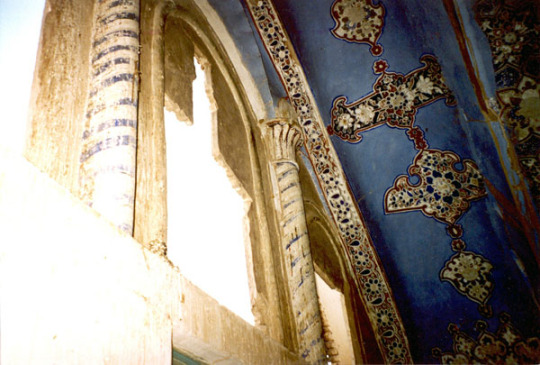

Yu Aw Synagogue in Herat, Afghanistan.
The Yu Aw Synagogue is located in the Momanda neighbourhood of the old city of Herat, Afghanistan. The area was once known as Mahalla-yi Musahiya, or the “Neighbourhood of the Jews”. It is the only synagogue in Herat which has been preserved with most of its original characteristics, although it is currently in a state of disrepair. Researchers date the Synagogue to 1393. Click here to read more about the synagogues of Herat.
Selected photographs taken in January 1998 by Annette Ittig as part of a larger project to document and protect the historic Old City of Herat.
#I have an increasing disdain for the idea of posting and reblogging images of#either crumbling or restored swana synagogues that belonged to now non-existent jewish communities#for people to uwu over without the discomfort of discussion of what happened#so I'm not doing it anymore#afghanistan
3K notes
·
View notes
Text




"Cave" or "Troglodyte" Jews of Gharyan, Lybia, photographed in 1947.
In the Nafusa Mountains south of Tripoli, a thriving town flourished underground for hundreds of years. Since the early sixteenth century, the Jews of Gharyan conducted daily life in cave homes dug twenty feet deep into the rock. The cave homes afforded protection from bandits and weather alike, and only in the early twentieth century did the town develop signifcant aboveground structures. While the vast majority of the town's Jews left in the 1950s and most of the cave homes are now abandoned, they remain a tourist attraction and a reminder of the unique culture of Libyan Jews.
#'a reminder of the unique culture of libyan jews' and where are those libyan jews?#why are their homes and holy sites all empty and crumbling destroyed or appropriated?#libya
257 notes
·
View notes
Text

Challah cover from Corfu, Greece, c. 1900-1913, silk with metallic ribbon
It is customary to cover the loaves of challah with a cloth until they are eaten. Several explanations are offered for this practice: the bread, our staple food, should not be offended that the blessing over wine is said first; the manna, which the loaves symbolise, was found covered with dew; and, finally, this sanctified food should be given a measure of respect.
This challah cover was brought to America by the donor's mother when she emigrated from the Greek island of Corfu in 1913. Home to a Jewish community of long standing, Corfu attracted powers from east and west and for centuries was under the political and cultural influence of Venice.
610 notes
·
View notes
Photo

A couple under the chuppah at their wedding. Greece, 1980s.
347 notes
·
View notes
Photo
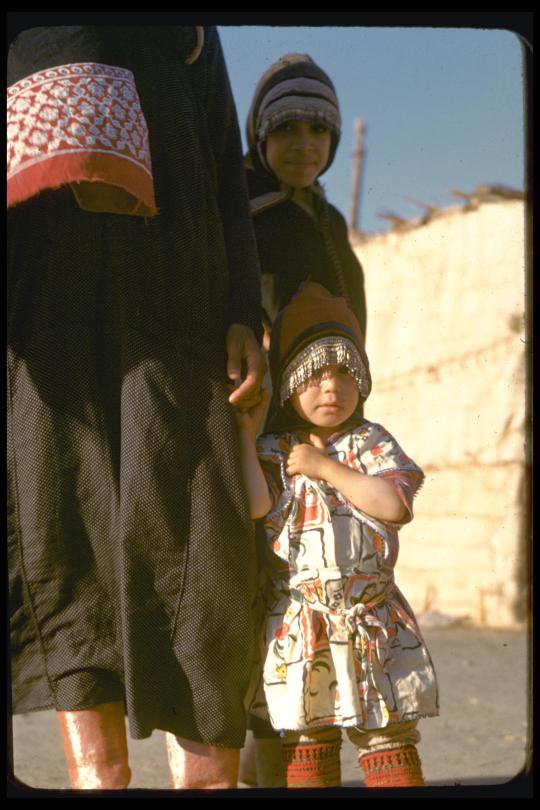
Jewish children in Aden, Yemen; 1949. x
Aden, in modern-day Yemen, was only of the oldest Jewish diaspora communities in the Middle East. It was because of its strategic location at a trading crossroads that many Jewish people here were involved in trade and crafts. The Jewish community of Aden reached its peak between the 12th and 16th centuries, when it was widely known as a rich trading port and many Jewish families became wealthy as a result. In the years since, persecution lead to the decline of Aden’s Jewish community. By the 1940′s, many Jewish families were forced to live in destitute poverty because of crippling taxation. In 1949, in the aftermath of the 1947 Aden Riots, Yemen’s Jewish population was brought to safety in Israel via Operation Magic Carpet where they form a community of over 350,000 strong today.
551 notes
·
View notes
Text

Yemeni Jewish boys of the displaced Marhabi Clan at their temporary residence in the tourist city hotel compound in Sana'a on June 23, 2008. Only one Jew is known to remain in Yemen today. x
70 notes
·
View notes
Text






Portraits and candids of Ashkenazi Jewish women and girls from a pre-war photo collection From right to left: Dova Kopperstein (Poland), Miriam Blachowicz (Vilkaviškis, Lithuania), "An unidentified young Jewish woman reading a book in the street" (Warsaw, Poland), "Unidentified young Jewish girl with short hair" from photographs of families Szterman and Zimmerman (Užpaliai, Lithuania), Chana Sura Sindler (Fratauti Noi, Romania), Chava Shub (Duestos, Lithuania)
1K notes
·
View notes
Photo
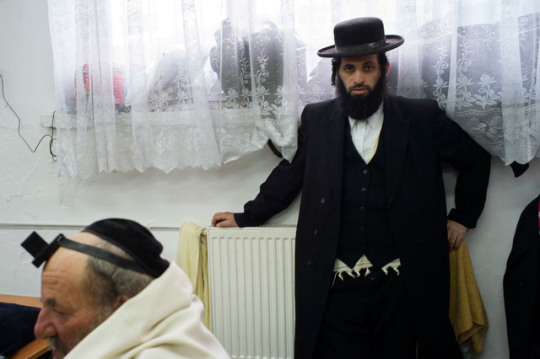
Orthodox jewish pilgrims gathered for the 229th anniversary of the death of Rabbi Tzaddik Elimelech in the town of Leżajsk, Poland. Photographed by Patrick Zachmann in 2005.
174 notes
·
View notes
Text
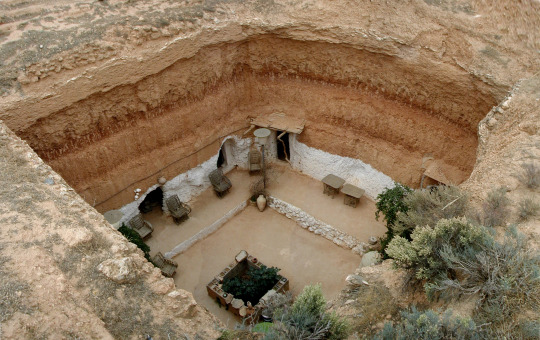
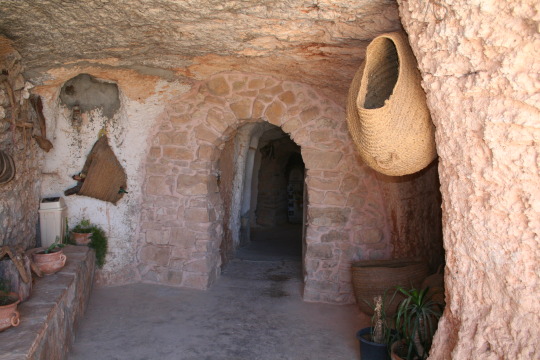

some images from the cave homes of gharyan, libya. communities of jews who made their homes in underground caves have been known in the maghreb since before the 1st century. when spain invaded tripoli in 1510, tripolian jews, both toshavim and sephardic, fled to gharyan and dug out cave homes for themselves. the houses today are occupied by non-jewish libyans or rented out to tourists.
1K notes
·
View notes
Text

Sephardi Jewish women from Bulgaria, early 20th century
431 notes
·
View notes
Text



I just wanna share my jewelry I've made so far one piece at a time and am really proud of, and I wonder if someday one will end up on ebay with a 25-word title describing the pieces in every way possible
978 notes
·
View notes
Photo
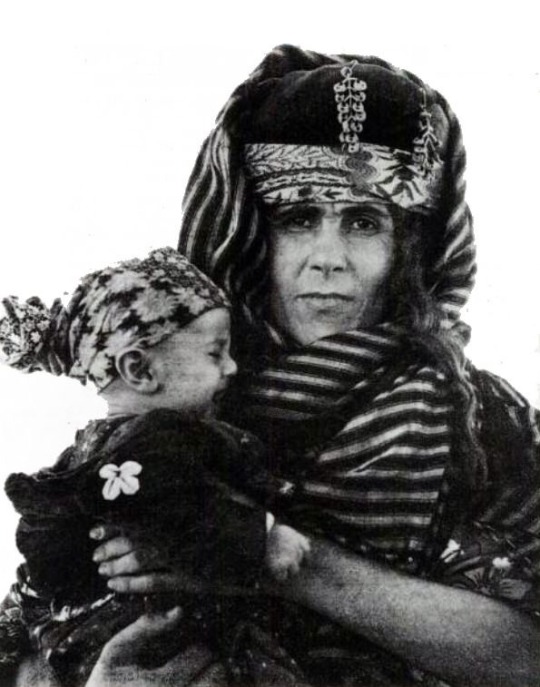
a jewish-kurdish mother photographed in the 1950s
from the book the jews of kurdistan: daily life, customs, arts and crafts
344 notes
·
View notes







